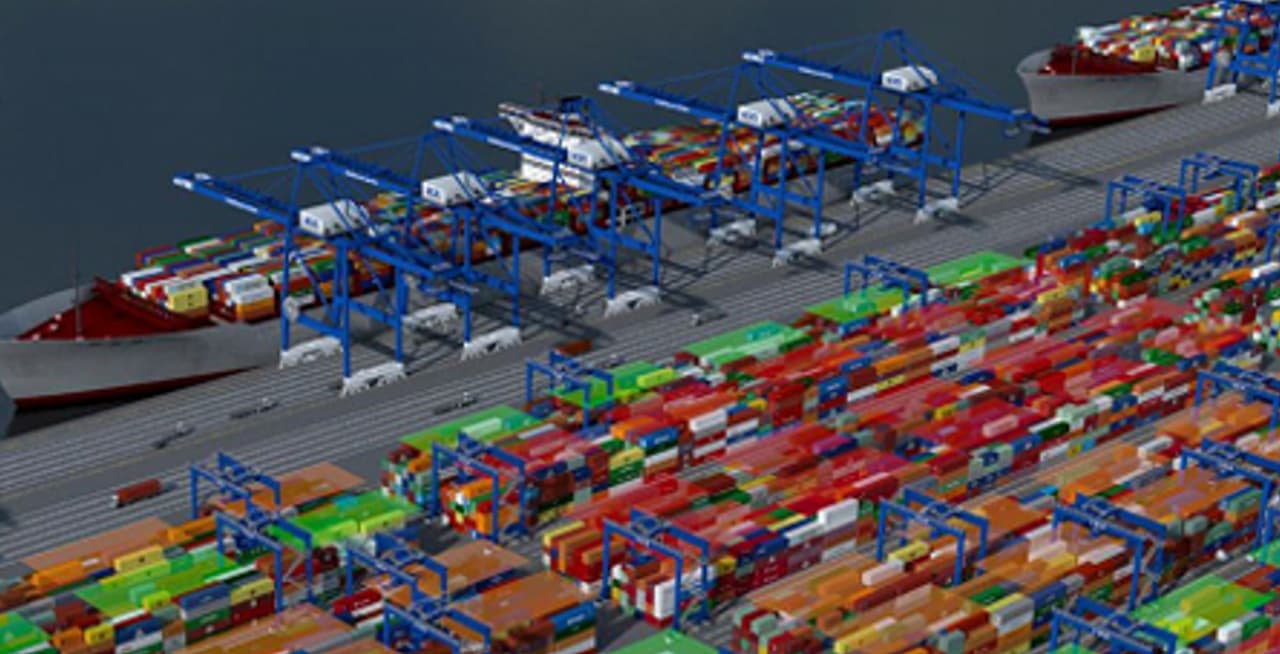9 Tips for Choosing a Warehouse Management System
Autostore warehouse management system software can control a wide range of configurations - from conventional sites with Radio Data Terminals (RDTs) to complex High-Bay Automated Storage and Retrieval Systems (ASRS). It can also be employed for raw material, work in progress and finished goods stores.
As with any IT project, specifying and installing a warehouse management system (WMS) depends on many operational factors. However, the single most important thing is this: always ensure that the technology you deploy supports your business objectives rather than defining them.
Here are our Top Tips for specifying a warehouse management software system: they are not exhaustive, but keep them in mind and you won’t go far wrong.
1. Do I need dedicated warehouse management system software?
If you’re experiencing any (or all) of the following operational issues, then a WMS – or a reboot for your existing warehouse management control system – should be on the table:
- You struggle to support changing demands from your customers – these could include smaller or more frequent orders, real-time management reporting or end-to-end traceability.
- Stock-taking is a resource-hungry, time consuming and expensive chore.
- Out of date or out of stock is the rule rather than the exception.
- You experience picking and shipment mistakes that slow your business down, impact customer relationships and cost you money in areas like special transportation for returns.
- There’s no centralised control of stock that’s easy to access and orders are slow out of the door.
- You find it hard to defend yourself when customers tell you their order is in the wrong quantity, the wrong type, in the wrong place or out of date.
2. Be confident of the business benefits – and plan long!
Know what operational issues a WMS will address and assess the return on investment – then model those benefits against your bottom line. Look at areas like:
- Stock accuracy, visibility and traceability.
- Productivity and cost savings.
- Customer service impacts and capability.
- Ability to deploy new, value-added services.
A good warehouse management system will scale with your business so make sure you have a clear idea of how your warehousing operations will look over five to ten years so you get it right first time.
3. Create a project team
Your project team should as large as necessary but as small as possible to maintain clarity: make sure it unites IT with operational management, warehousing and supply chain.
4. Make your WMS work for you
Take a good hard look at the warehouse management options based on where you want your business to be in the future. Ask yourself whether you need:
- An entry-level warehouse management system.
- A subscription-based ‘Software as a Service’ (Saas) delivered over the Internet.
- Or a more robust system that you host on your premises
5. Include those end-users!
You may have just a few or dozens but regardless; end-user input at an early stage is crucial. Your warehouse management system operators will vary - from your warehouse crew and operational management right through to the boardroom where management information will be key. Do make sure you poll opinion and incorporate the feedback into the specification – it’ll make WMS acceptance a breeze.
6. Research the market
With over 40 warehouse management system providers in the UK market alone, it’s a crowded space and thorough supplier research will best match their capabilities to your requirements. Look for suppliers with:
- Experience in your market.
- Experience in your type of warehousing operation – for instance manual, semi-automated or automated.
- A proven track record delivering your size of warehouse management system application.
- Demonstrable financial stability – a WMS application typically has a 10-year lifespan so be as sure as due diligence can be that your chosen partner will be around for the long haul.
7. Get the tendering process right
Sift the potential suppliers and aim for a tender list of three to five companies you’d like to invite. Avoid ‘mission creep’ in your WMS specification: once the spec is set, lock it – including your selection criteria.
- Ask for system demonstrations.
- Ask for reference sites and case studies – then collect your own testimonials.
- Insist on a client site visit that is similar in scope to the WMS implementation you are planning: the best indicator of capability is always a happy customer.
8. Costs
Ensure all bidders break down the potential costs of a warehouse management system and then set your budget. WMS costs will usually include:
- Software license type – single site or multi-site? Single client or multi-client?
- Implementation/project management.
- Systems integration.
- Training & support.
- Development
9. Making the choice
Your WMS provider is a long-term business partner providing a mission-critical element of your business. Alongside your key selection criteria (plus culture and ethos), it also pays to examine each provider’s WMS development path and the potential for innovation. Does each WMS development trajectory follow the market trends – or does it set them? If you discover it’s the latter, then you’re probably onto a good thing.
Share this
You May Also Like
These Related Stories

TOS for Break Bulk and General Cargo – Finding the Sweet Spot

The reach of 'freemium' software
